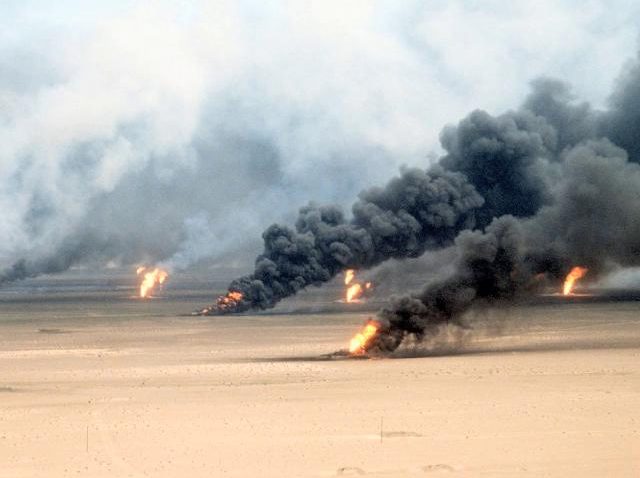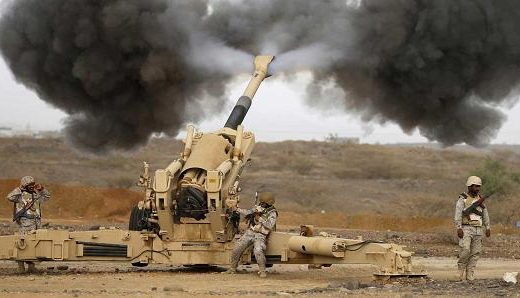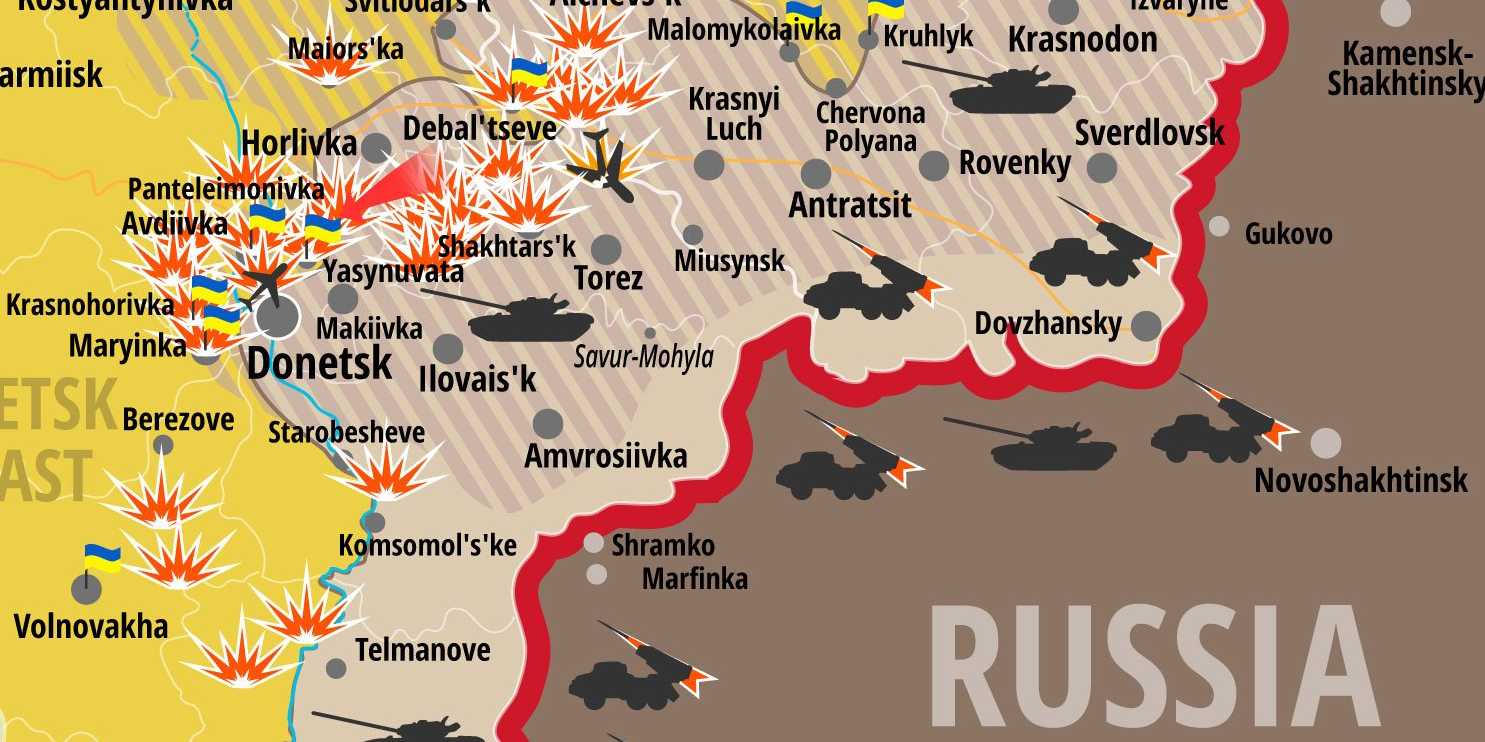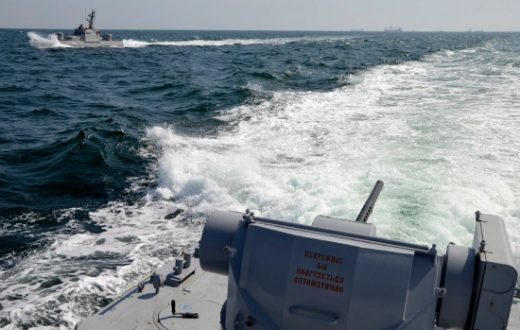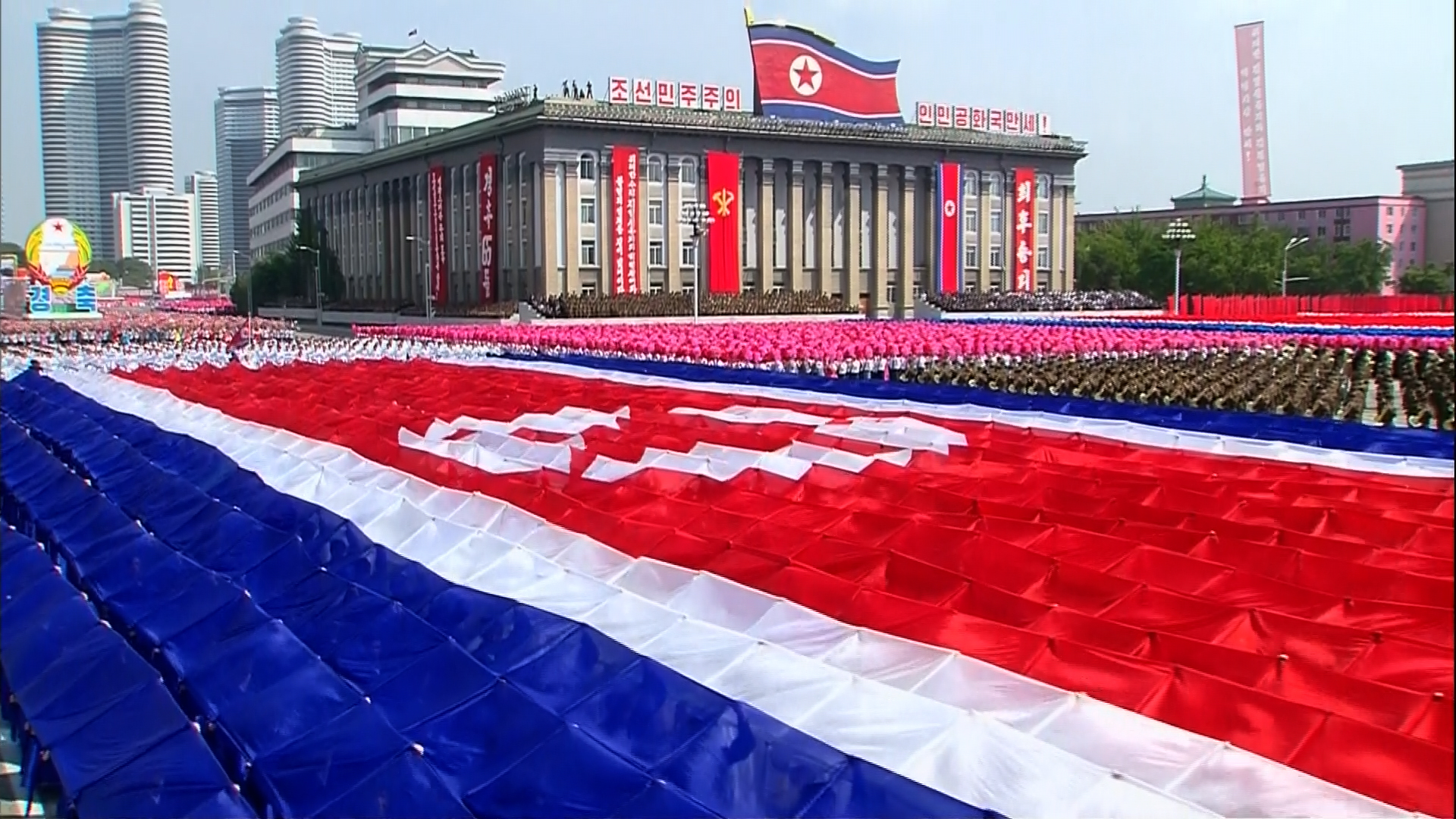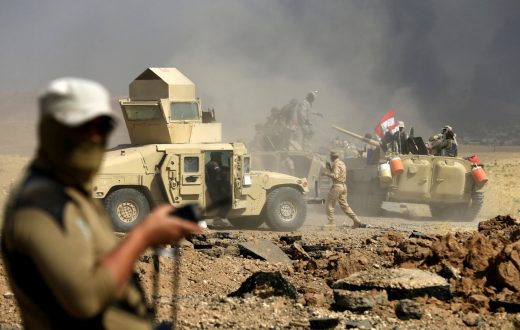Wars and global warming are not often the subject of common reflection. However, today the issue of environmental problems of armed conflicts is at the center of more and more scientific and academic studies. Aid to the people remains a priority in case of armed conflict, however, environmental issues are invest in the major spheres of our world : the United Nations, through its United Nations Environment Program (UNEP), has create a « Post-conflict and disaster management branch “. Ban Ki-Moon, the former Secretary-General of the United Nations, has long been engaged on these issues, lamenting the situations of struggle to take possession of natural resources, or the over-exploitation of these because of the war. Today, environmental issues are at the heart of the news. It therefore seems interesting and legitimate to question the consequences of wars on the environment.
The use of toxic products
One of these very toxic products is obviously the use of nuclear power, which has irreparable consequences on the environment. It would devastate entire territories and cause definitive damages, not by warming the earth’s temperature but by a coolant (passing -20 degrees). Obviously the example of Hiroshima and Nagasaki are the greater proof : even after decades, the health and ecological impact is omnipresent. However, it is not the only one.
We can also take into account unexploded shells in war zones. If they are not picked up, they end up by degrade the ground and contaminate it. The shells contain arsenic, mercury and perchlorate salts, among other toxic substances. To remove them, demining programs must be organized. However, this is not the priority in wartime. This partly explains the significant degradation of the environment in war zones, but also the fact that it never returns to a normal situation.

We can also talk about pesticides, like those used during the Vietnam war by the United States. Called “Agent Orange”, this pesticide has destroyed 14% of Vietnam’s forests. But also caused malformation, cancer and skin diseases to about 4 million people. The Vietnam War has been recognized as “the greatest experimental chemical warfare of all time” according to US admiral Elmo R. Zumwalt, commander of the naval forces in Vietnam. In the recent history of our world, the chemical weapon is still used. This is the case in Syria for instance. The use of chemical weapons has, however, been banned since the 1993 Chemical Weapons Convention (CWC). It should be noted the real difficulty of clearing places contaminated by these chemical weapons. Nowadays there are difficulties managing the heritage left by the Second World War in France and Belgium. The soils concerned are still extremely contaminated today, even sometimes infertile.
There are also many other consequences of conflicts : for example, desert traffic accelerates soil erosion and causes more recurring sandstorms, and also military bases are often contaminated by residues of explosives or fuels. Military maneuvers have significant impacts on eco-systems (as example the use of sonar waves which disorient animals).
War also induces the problem of population displacement. To survive in times of conflict, these populations take refuge near areas where natural resources are most abundant, but too little to satisfy everyone. Thus, 850 000 people fled the massacres of Rwanda to take refuge near the Virunga National Park (Democratic Republic of Congo), very rich in biodiversity. This would have led to the destruction of 300 km² of forest in just a few years.
The environment: a new geopolitical issue
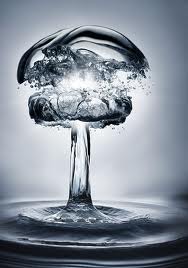
Sometimes the environmental issue is at the heart of the war. WWF recalls that the consequences of global warming can trigger conflicts and accelerate geopolitical crisis. It denounces the obvious : in regions where there are already tensions concerning access to natural resources (in the Sahel for arable land, around Lake Chad for food, in China for water etc), a change rainfall, for example, can contribute to destabilizing a region, and even a country. The war in Syria is a typical example of a conflict which created a nonstandard drought. For example, in conflicts in the Middle East, access to natural resources such as water is becoming a real issue. Terrorist organizations, for example, focus on areas with strong natural resources. Conflicts are often motivated by the appropriation of resources.
Ironically, these same resources are often used to finance conflict at the same time : thus, precious stone have largely supplied conflicts in Myanmar, Sierra Leone, Liberia, Angola… In addition, we can also stated that all areas where Western military forces are engage include very large energy resources (such as oil). Wars are often motivated by a desire to obtain these resources, these unmentionable intentions being hidden behind a “civilizing” or “emancipatory” speech. This type of strategy helped to give birth to Al Qaeda group, because for Osama Bin Laden, the military bases on the sacred lands of Saudi Arabia and the Middle East were a sacrilege (among others).
The environment is therefore a key issue in global conflicts. Today, our world seems to be dependent on these resources that are almost no longer renewable. War and the environment seem to be growing in vicious circles: it is necessary to have resources to survive, but to have this resources, it is necessary to control the territory where they are present. And to obtain them, men use materials which destroy environment.
In the face of the global warming we are experiencing today, the “water wars” are just beginning.

